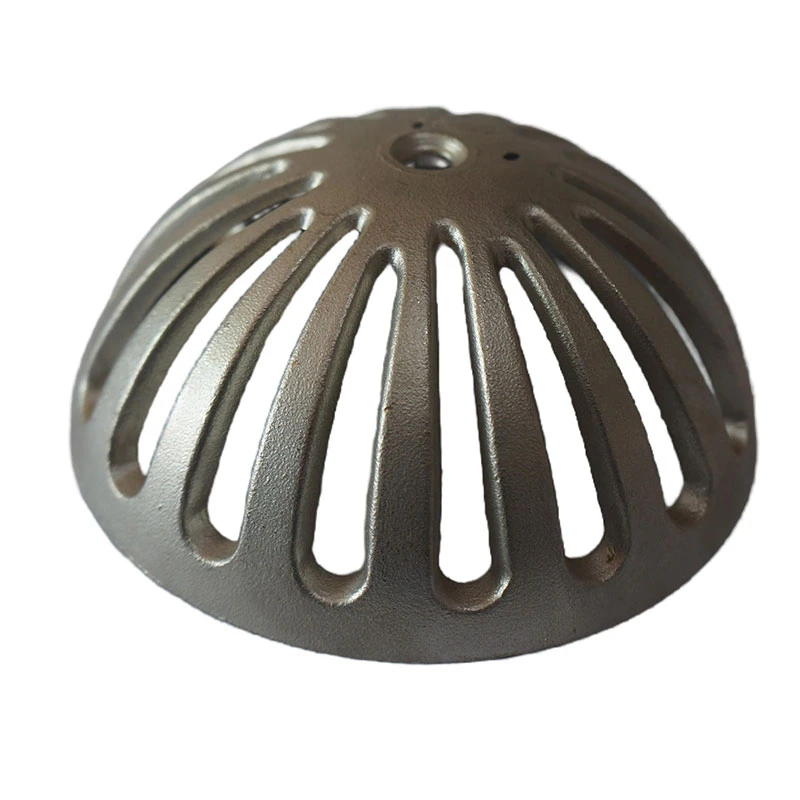Various Methods of Machining and Their Applications in Modern Manufacturing
Types of Machining An Overview
Machining is a fundamental process in manufacturing that involves the removal of material from a workpiece to achieve desired geometrical shapes and dimensions. It is a crucial step in the production of parts across various industries, from aerospace to automotive, electronics, and more. This article explores the different types of machining processes, highlighting their characteristics and applications.
1. Turning
Turning is a machining process where a cutting tool removes material from the outer surface of a rotating workpiece. This is typically performed on a lathe, where the workpiece is held securely while the cutting tool moves linearly or radially. Turning is primarily used to create cylindrical parts, such as shafts, pins, and bolts. Variations of turning, including facing (creating flat surfaces on the ends of parts) and taper turning (producing conical shapes), are also common.
2. Milling
Milling involves the use of rotary cutters to remove material from a workpiece. Unlike turning, where the workpiece is rotated, milling machines hold the workpiece stationary and move the cutting tool across its surface. This process allows for the creation of complex shapes, slots, and holes. Milling can be categorized into two main types vertical milling and horizontal milling, depending on the orientation of the cutting tool. It is widely used in the manufacturing of molds, fixtures, and intricate mechanical components.
3. Drilling
Drilling is a machining process specifically designed for creating holes in a workpiece. A drill bit is rotated and advanced into the material, which can be stationary or rotating. Drilling is often the first step in operations that require additional machining processes, such as tapping or reaming. It is extensively used in industries to produce parts that need precise hole locations, such as engine blocks and electronic enclosures.
4
. Electrical Discharge Machining (EDM)types of machining

Electrical Discharge Machining (EDM) involves the removal of material through controlled electrical sparks between a workpiece and an electrode. This non-traditional machining process is particularly useful for hard metals and intricate shapes that are difficult to achieve through conventional methods. EDM is widely used in tool and die making, as well as in the manufacture of complex aerospace components.
5. Grinding
Grinding is a finishing process that uses an abrasive wheel to remove small amounts of material from a workpiece to achieve a high level of precision and surface finish. It is typically used to sharpen tools, achieve tight tolerances, or create high-quality surfaces. Types of grinding include surface grinding, cylindrical grinding, and centerless grinding. Each method has its specific applications and is chosen based on the required finish and dimensions.
6. Laser Cutting
Laser cutting is a modern machining process that utilizes focused laser beams to cut or engrave materials. This technology is highly precise and can be used on a variety of materials, including metals, plastics, and wood. The advantages of laser cutting include minimal heat-affected zones, intricate designs, and high speed. It is commonly applied in the automotive, aerospace, and artistic industries.
7. Waterjet Cutting
Waterjet cutting employs a high-pressure jet of water, often mixed with abrasive materials, to cut through various types of materials. This method is known for its ability to cut delicate or thick materials without altering them structurally due to heat. Waterjet cutting is versatile and environmentally friendly, making it suitable for industries such as construction, automotive, and aerospace.
Conclusion
Understanding the various types of machining processes is essential for selecting the right method for a specific application. Each technology has its advantages and limitations, and the choice often depends on the material, desired geometry, and production volume. As manufacturing continues to evolve, machining techniques will advance, integrating more automation and precision to meet the ever-growing demands of modern industries.
-
OEM Sand Cast Pump Valve Fittings - Hairun Sourcing | Precision Engineering, Industrial EfficiencyNewsJul.13,2025
-
EcoGuard 3000 - Sustainable Agriculture Solution&Soil Health ImprovementNewsJul.13,2025
-
SmartAgri Solutions: Smart Farming Tech | AI Analytics & IoT SensorsNewsJul.13,2025
-
[Product Name]-[Company Name]|Business Efficiency&InnovationNewsJul.13,2025
-
Smart Factory Solutions-Industrial Efficiency|Real-Time Analytics&Automated WorkflowNewsJul.12,2025
-
OEM Sand Cast Pump Valve Fittings - Hairun Sourcing | Durable, Reliable, CustomizedNewsJul.12,2025















